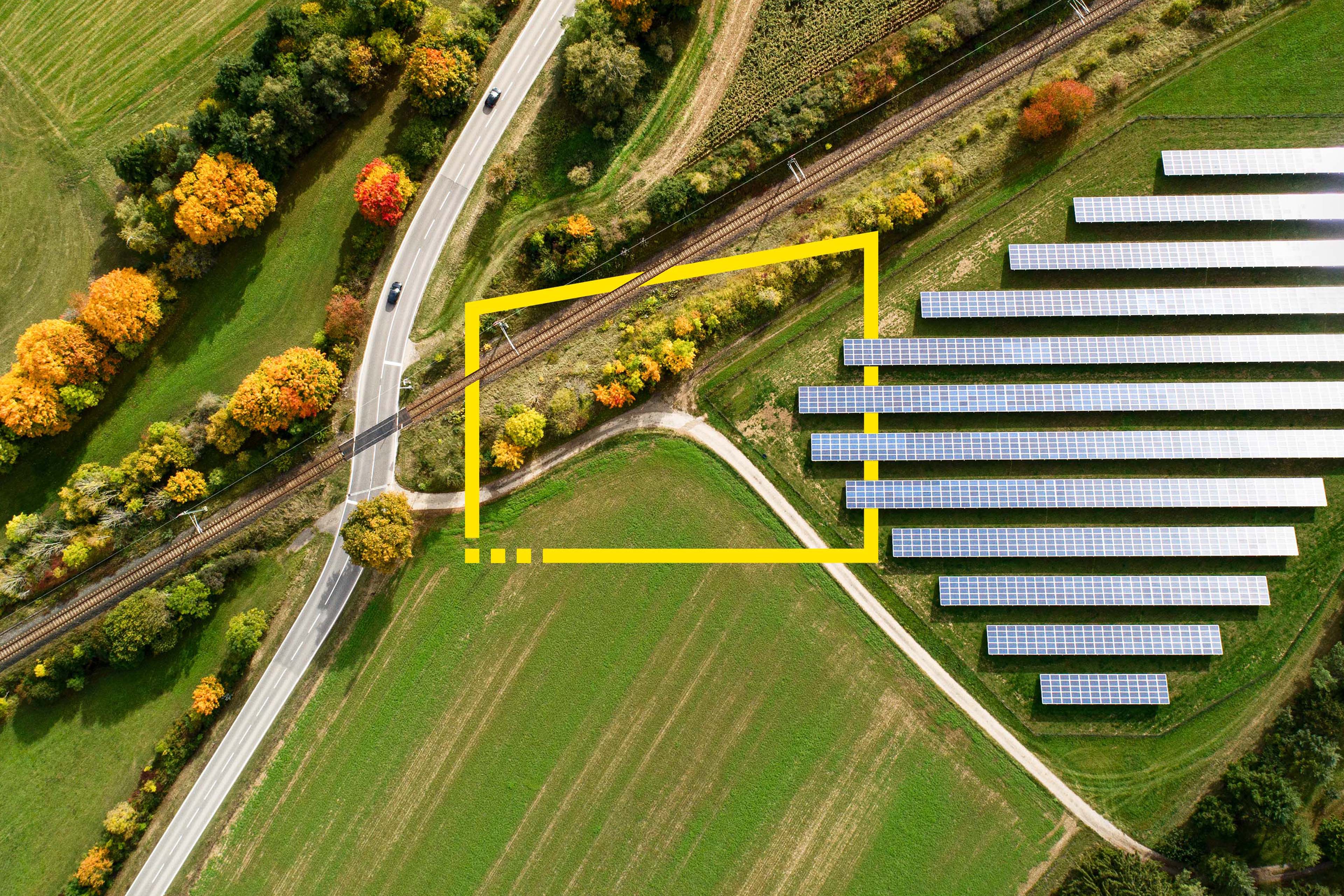EY refers to the global organization, and may refer to one or more, of the member firms of Ernst & Young Global Limited, each of which is a separate legal entity. Ernst & Young Global Limited, a UK company limited by guarantee, does not provide services to clients.

Huge momentum is driving global regulatory response and underlying pressure to take immediate action to address environmental concerns.
In brief
- International standard-setting bodies are putting high expectations around governance and prudent management of climate-related risks.
- Greater awareness is needed for firms to integrate climate risks into their governance, capital assessment, and risk management practices.
- As “green” and other environmentally sustainable financial products continue to grow, there is increasing concern that the industry could face potential liability risks.
Globally, there is widespread divergence in how regulators and firms are responding to climate change and broader sustainability issues. So far efforts have been largely through voluntary initiatives, with increasing engagement from international standard-setting bodies. Climate and environment remain in the limelight, but other elements of sustainability are moving into sharper focus.
Supervisory and regulatory development has been slow in some jurisdictions, but that does not suggest that boards and financial institutions can sit back and relax. On the contrary, pressure is likely to build from the implications of regulations in other jurisdictions, and from new and better climate and sustainability-related information that will be available to the market from regulated firms in “early mover” jurisdictions.
Download the complete report, Climate change and sustainability: Global regulators step up the pace
There is a greater degree of adoption or progress among larger, more international institutions, as
evidenced by the extent and quality of their public reporting capability.
Addressing climate change has become an imperative. It is a source of financial risk that is resulting in significant losses for financial institutions. As supervisors set expectations for the governance and prudent management of climate-related risks, they are highlighting the need for new data, methodologies and disclosures to better understand, size and manage these risks.
We believe firms should consider these six action steps:
1. Work to embed climate change risk into governance, strategy and risk management now
This includes forward-looking scenario analysis, “bottom-up” stress testing, and an overall internal governance framework. Board-level commitment is critical. Financial institutions should not wait for (further) formal and detailed supervisory guidance, let alone changes in prudential requirements.
2. Address the data challenge early on and consider collaboration
Involve the chief data officer early in conversations on climate and sustainability-related matters. Having a coherent and robust data strategy is particularly important given the unique nature of the data required and the fact that there will definitely be significant gaps to fulfilling regulatory reporting and disclosure requirements. Estimates, best guesses and reliance on third-party data providers will likely be a feature, along with various issues from an internal risk management and regulatory perspective. Engage with commercial entities and other customers about data needs as early as possible – and consider liability risk, depending on where the data will be disclosed.
3. Do not underestimate the risk of mis-selling or greenwashing
Regardless of regulatory approach, financial institutions need to review remuneration policies and incentive structures; ensure staff are appropriately trained or reskilled; review product governance, due diligence and advisory processes; and provide accurate, balanced and decision-useful disclosures. Firms need to ensure that, at both the entity and product level, they “say what they do, and do what they say.” Intense public scrutiny, spearheaded by various non-government organizations, investor and consumer groups that actively monitor mis-selling and greenwashing will increasingly hold firms and regulators to public account when they fail in their respective duties. The associated reputation risk could be significant.
The market for “green” and broader sustainability-related financial products continues to grow
exponentially, with many of these products now being sold into the mass market.
4. Engage in open regulatory dialogue
We see a “co-creative” process at play as new methodologies are needed to understand the extent of climate and other sustainability risks. Financial institutions and regulators together are defining an evolving field of finance. Industry practice and science-based innovation, to an extent, are informing supervisory expectations and ultimately regulatory requirements. We also see an unrelenting regulatory pace, particularly in the European Union (EU), with a suite of new regulations causing implementation challenges and confusion.
5. Monitor developments in jurisdictions that are “early movers.”
The UK and French climate “stress tests,” for example, will be informative on many levels; and the EU’s suite of new requirements and regulatory developments must be monitored carefully from a compliance and foresight perspective. Global firms, in particular, need to ensure that they have processes in place to adequately keep abreast and assess the implications of new developments, which may impact now or in the near future. The political or public policy barometer is worth following, as this may well be a leading indicator of when and how quickly a country may seek to accelerate or pivot the climate-related regulatory agenda.
6. Consider broader sustainability factors beyond climate risk
COVID-19 has bought greater attention to the other aspects of environmental, social and governance (ESG). We are seeing greater focus on these aspects in new or planned regulatory requirements, such as in new disclosures in the EU; or envisaged as part of the EU’s renewed sustainable finance strategy; as well as in recent amendments by the Securities and Exchange Commission of its business disclosure rules to enhance the focus on human capital disclosure. If climate change-related risk is anything to judge by, regulators will continue to look to and, in many ways, take the lead from the industry while developing sustainability-related requirements.
Various global initiatives are underway to foster transparency and comparability by driving frameworks, standards and metrics for sustainability and long-term value creation. It is worth staying close to such developments, as they are likely to inform regulatory thinking, at least in some jurisdictions, if not globally.
Summary
Financial institutions need to understand their vulnerabilities to climate-related risks, adjust their business models accordingly, and demand better climate risk assessment from their customers. Increasing pressure from regulators will raise awareness, and act as a catalyst for firms to develop new capabilities and methodologies that will integrate climate risks into own governance and risk practices.
How EY can help
-
Our Global Regulatory Network, consisting of former regulators and bankers from the Americas, Asia and Europe, provides strategic insights on financial regulation that helps clients adapt to the changing regulatory landscape.
Read more -
Supporting organizations with physical and transition risks associated with climate change, and assisting them with market and regulatory changes.
Read more
Related articles
How can sustainable finance support the road to net-zero?
Sustainable finance has become an urgent priority across financial services – thanks to the goal of net-zero carbon emissions by 2050.
In a data-driven world, how well can you measure sustainability?
With more companies committing to a net-zero economy by 2050, financial services firms must lead in developing data and reporting standards.
Related article
How banks are adopting recommendations on climate-related disclosures
The banking sector scored high for quality on recommendations by the Task Force on Climate-related Financial Disclosures (TCFD). Learn more.





